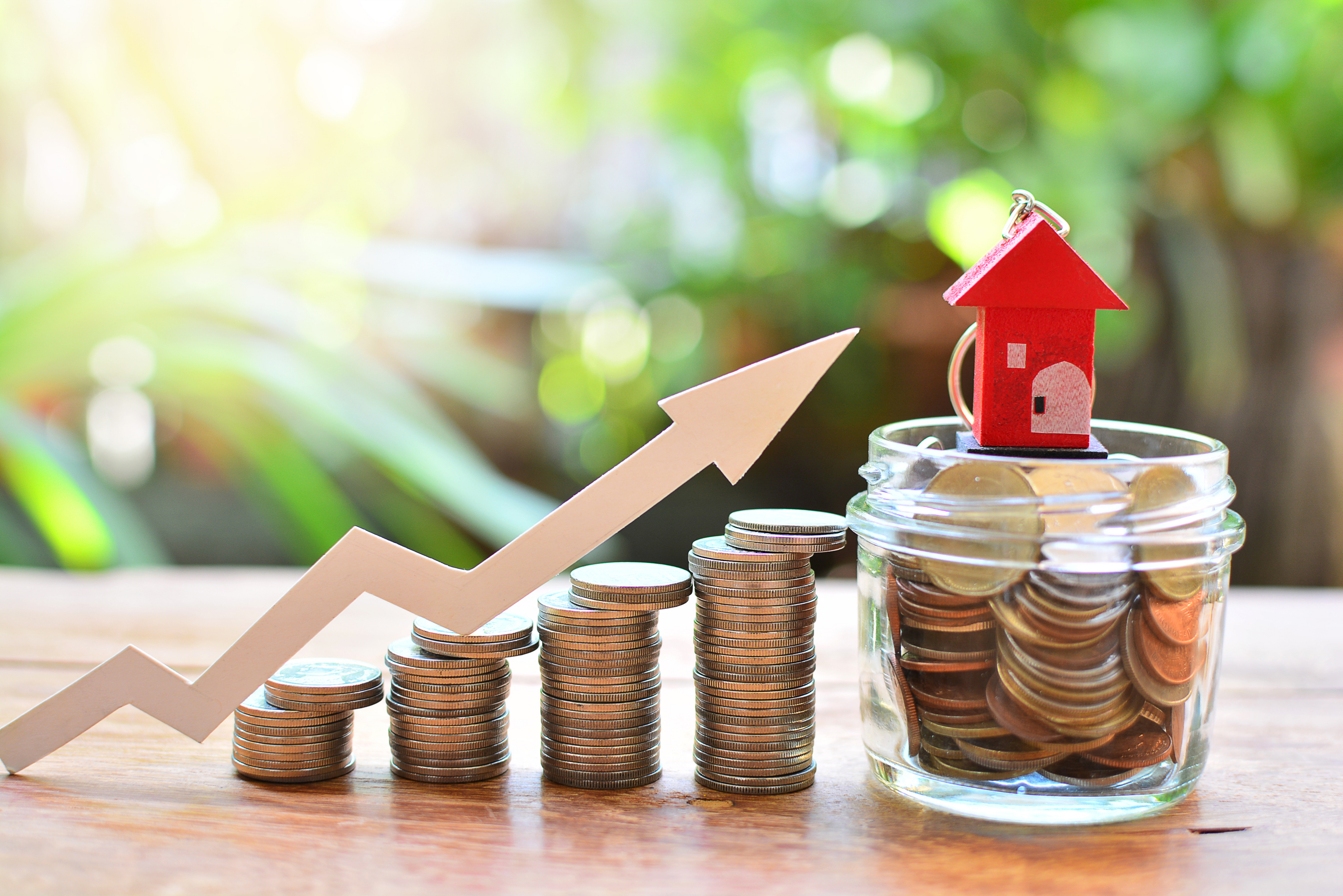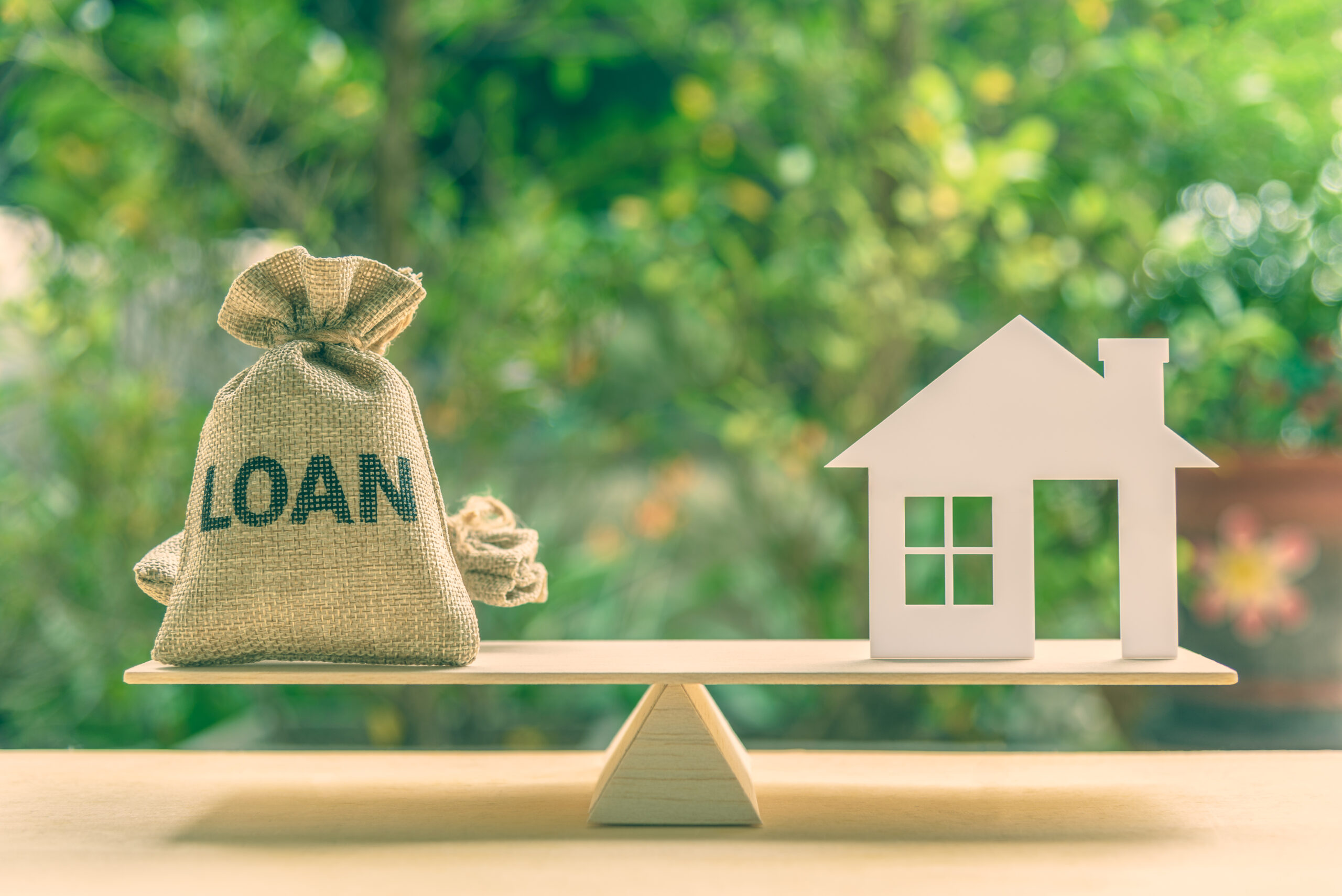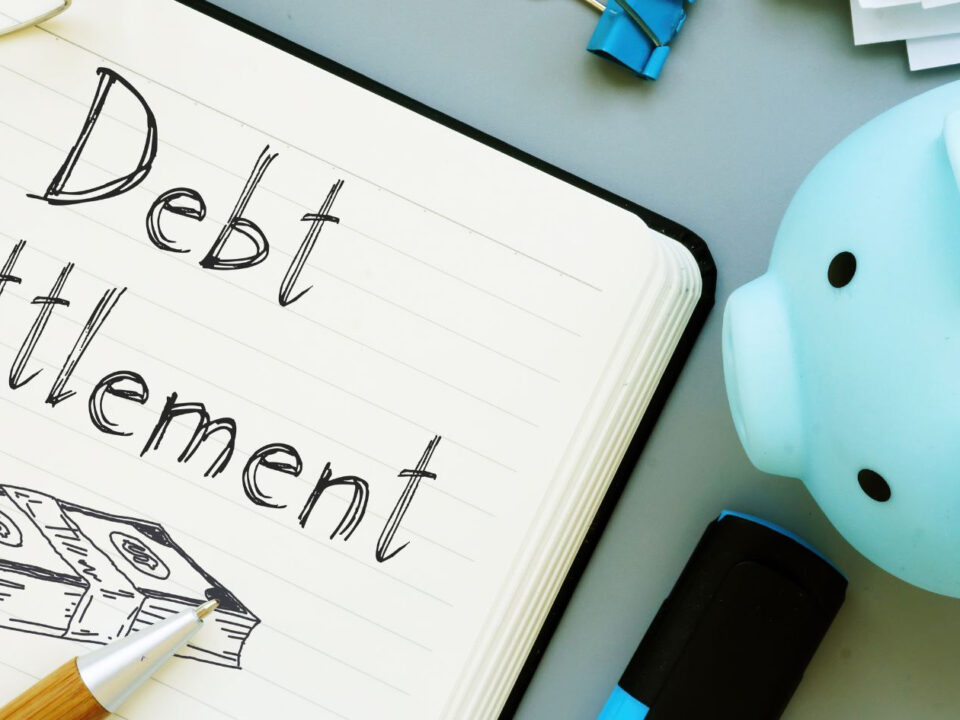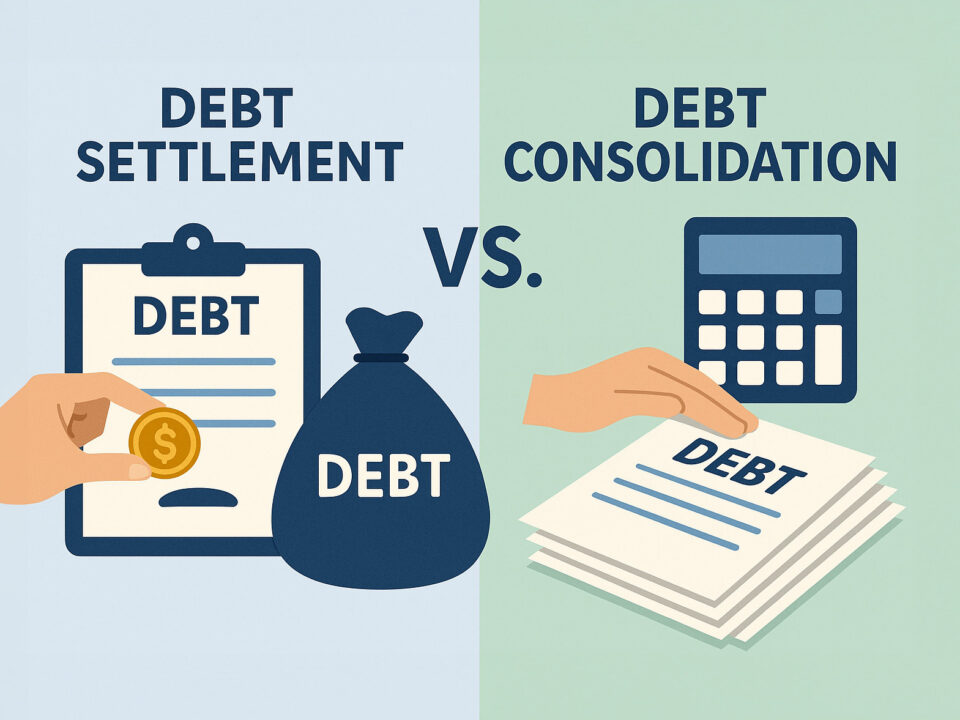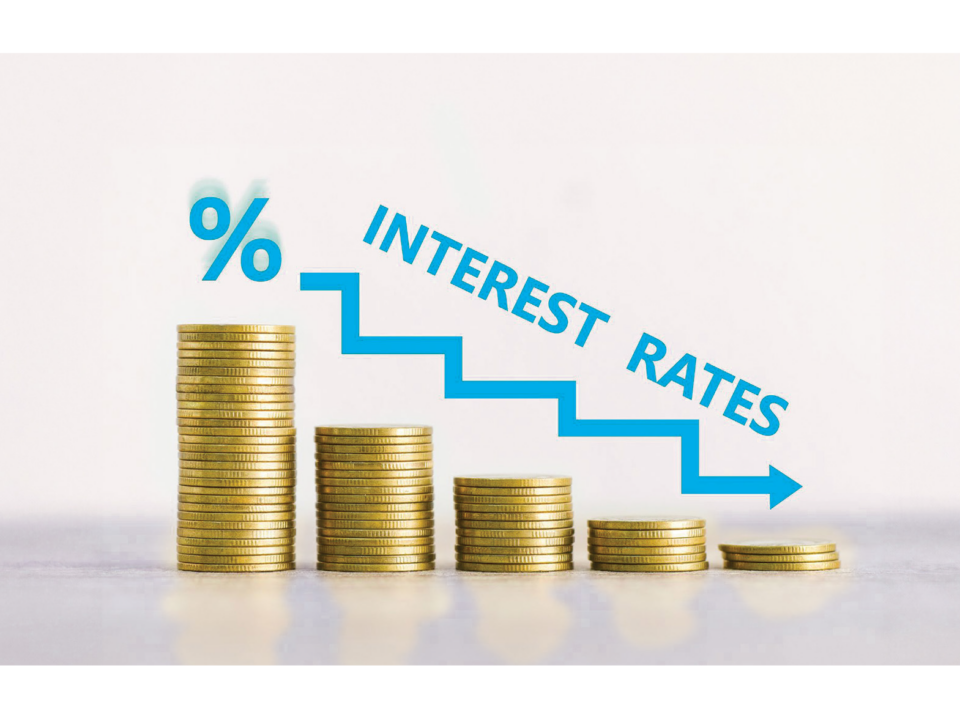
Preparing for rising interest rates on your Home Equity Line of Credit (HELOC) payments can be intimidating, but don’t worry – with some planning and understanding, you can weather this storm. The first step is knowing the basics of HELOCs, how interest rates can affect them, and how to dodge the dreaded financial pitfall of rising interest payments. This insightful blog post provides definitive tips and strategies to strengthen your HELOC loan and how to come out of the process unscathed. So buckle up, and prepare to discover the best ways to prepare for interest rate hikes on your HELOC payments.
Quick Clarification
If interest rates increase, your HELOC payments will be recalculated based on the new rate, and you may owe higher monthly payments. Be sure to speak with your lender regarding any changes in your payment plan as rates change.
Understanding How a HELOC Payment Is Determined
When preparing for rising interest rates on a home equity line of credit (HELOC) payment, understanding how the payment is determined is integral. A HELOC payment is determined based on the principal and accumulated interest due, adjusting for current payments. With this type of loan, a borrower typically pays only the interest due each month, and the principal amount isn’t repaid until the end of the term. If the interest rate increases during that period, the monthly payment may increase even if the balance remains unchanged or decreases.
This could result in borrowers being surprised by an increased amount owed when renewing their loan. It is, therefore, important to factor in potential fluctuations in market conditions, such as changes in prime lending rates, when preparing for higher payments. Some lenders will also use an adjustable rate to determine HELOC payments, which carries an even greater risk if rates increase, so understanding these terms before taking out a loan should be a priority.
With all of this in mind, it is then important to understand how borrowing capacity and credit lines can equally affect a HELOC payment. By grasping how these features work together and interact with other variables, borrowers can be better prepared for higher interest rates.
Essential Points to Remember
A HELOC payment is determined by the principal and accumulated interest due at that time, adjusting for any current payments. If the interest rate increases, the payment could increase even if the balance remains unchanged or decreases. It’s important to consider potential fluctuations in prime lending rates when preparing for higher payments and be aware of adjustable-rate terms when taking out a loan. Credit lines and borrowing capacities can also affect a HELOC payment, so borrowers should understand how these features interact with other variables to prepare for higher interest rates.
Borrowing Capacity and the Credit Line
When assessing how to prepare for rising interest rates on their HELOC payments, borrowers should also consider their overall borrowing capacity and the size of their credit line. Although a HELOC’s payment amount is determined by the variable interest rate and loan balance, a borrower’s overall credit line will determine their maximum loan amount, which could increase or decrease depending on the lender’s policies.
For instance, some lenders may allow borrowers to access up to 85% of their property’s equity, while others may limit it to as low as 50%. On the other hand, credit lines can also be reduced if a borrower’s home value decreases, reflecting an overall lower borrowing capacity.
In light of this, borrowers should stay informed – assessing their property value and creditor’s policies regularly – to better understand and anticipate their borrowing capacity and credit lines under varying interest rates. This way, they can explore all of their options when preparing for higher HELOC payments rather than risk taking out more than they can afford due to a lack of information about their borrowing capacity.
With that in mind, having gained a stronger understanding of how a HELOC payment is determined and now armed with the knowledge about borrowing capacity and credit lines, borrowers can confidently shift the focus to planning for higher interest rates.
Planning for Higher Interest Rates
When planning for rising interest rates on HELOC payments, it’s important to understand how your borrowing capacity and credit line are affected. Now that you understand these concepts, you can plan for higher interest rates.
The debate surrounding planning for higher interest rates largely centers around whether borrowers should try to effectively outrun the expected rate increases or prepare to withstand a significant rate increase. Those advocating for the former suggest taking out the loan before the increase to lock in a lower rate and pay less over time, whereas those advocating for the latter suggest accepting higher monthly payments to achieve cost certainty over time.
From both perspectives, staying informed about potential changes and seeking professional advice as necessary is paramount. Additionally, knowing your credit score and trying to pivot your credit habits ahead of unexpected rate changes – for example, by paying off old balances or reducing overall debt – can improve your ability to weather higher interest rates from creditors.
In this manner, thoughtful preparation can be key to navigating HELOC rate changes successfully. Taking the time now to secure a reliable financial strategy could save buyers considerable costs. With an optimally thought-out plan, lenders can ensure that their HELOC payments remain manageable into the future – no matter what happens with interest rates.
It’s true: preparing for rising interest rates doesn’t have to be daunting. By proactively making strategic adjustments in advance – like refining borrowing capacity or simply becoming more mindful of credit utilization – borrowers can better position themselves for strategies designed to reduce their payments when the time comes.
- A study from 2018 found that the average rate for a home equity line of credit (HELOC) is 7.32%.
- According to Bankrate.com, HELOC payments can increase by 18.4% when rates rise from 4% to 8%.
- An analysis from the Consumer Financial Protection Bureau found that three million borrowers risk defaulting if interest rates rise by two percentage points.
Strategies to Reduce Payments
When planning for higher interest rates on a HELOC, there are several strategies borrowers can employ in an effort to reduce payments. One strategy may make more sense depending on a borrower’s risk tolerance.
For instance, if the loan has a variable rate term, fixed-rate products could be considered to ensure changes in market conditions won’t affect payments. A refinance of the loan or HELOC could also be beneficial since the structure of loans changes over time, and building equity in the home can result from different payment options or adjustments to amortization schedules.
If refinancing isn’t possible, perhaps increased payments when low rates are worth exploring. Not only will this satisfy some requirements for timely payments, but it will also decrease overall costs since less interest is paid with each payment—over the life of the loan.
Controlling spending is another way to find more money in the budget to make extra payments toward principal and interest costs. This requires discipline but is highly effective when done correctly over a long period of time.
In the end, it may become necessary to adjust both the loan amount and balance remaining, but by employing some of these strategies beforehand, drastic measures taken later could be alleviated or even avoided entirely.
Adjustments to the Loan Amount and Balance Remaining
Adjusting the loan amount and balance remaining is an option to reduce HELOC payments since a reduction in principal reduces the amount payable each month but requires careful consideration. Pros of this strategy include reducing current payments and being able to reinstate the full HELOC balance within the repayment period. Cons include losing out on potential interest payments, extending the time it takes to pay off debt, and only being able to access funds as they are needed rather than having them available all at once. Furthermore, reducing the loan amount could increase personal debt by canceling out saved funds from other investments.
For example, if a consumer takes the supportable action of shortening their repayment term, they may spend more overall due to compounding interest. As such, it’s important to carefully weigh the pros and cons of adjusting one’s loan amount based on changing financial circumstances. Additionally, borrowers should be strategic with cash reserve savings or other assets to minimize any long-term impacts caused by adjusting their loan amount.
While making adjustments is a viable option for some, it’s important to understand available alternatives whenever finances don’t go according to plan. From seeking additional income sources and budgeting for additional expenses to using tax credits and loan modification programs, these options can help consumers manage their monthly payments even if their financial situation changes unexpectedly.
Understanding Alternatives in Changing Financial Circumstances
In preparing for rising interest rates on home equity line of credit (HELOC) payments, it is important to understand the potential alternatives in changing financial circumstances. Depending on your individual situation and goals, you may pursue a lower-rate refinance, extend your loan’s repayment terms, or open a personal loan or existing savings account to pay off the HELOC balance.
When considering refinancing, homeowners should consider how the new interest rate will be affected by their existing loan-to-value ratio, the mortgage program they choose, current market rates, and mortgage points associated with loans. Refinancing to a lower fixed rate can reduce monthly payments and provide more certainty over the loan term. It is important to understand that when refinancing into a low-interest loan, closing costs can add up depending on the new loan’s terms.
Alternatively, extending the repayment terms of an existing loan can also help lessen monthly payments. However, if done without an interest rate decrease, it can mean higher overall interest payments due over time and increased amortization or losing any principal balance reduction benefits from earlier payments. It is important that homeowners weigh all of these variables before making any decisions about extending repayment terms.
Finally, if neither refinancing nor extending repayment terms are options for homeowners facing higher rates on a HELOC payment, it may be beneficial to look into other financing solutions, such as personal loans or existing savings accounts, to pay off remaining HELOC balances. Taking out a personal loan typically requires good credit and pays back the entire balance at once over several years; however, it can come with higher interest rates than refinancing with a fixed-rate mortgage or other home loan products. Existing savings accounts can also provide an option for paying off previously accumulated debts, such as HELOCs, but homeowners should ensure they understand any withdrawal penalties before utilizing this method.
Overall, understanding alternatives in changing financial circumstances when dealing with rising HELOC payments helps ensure an informed decision regarding which option works best for each homeowner. For example, those who plan to stay in their homes for five or fewer years may benefit from pursuing a refinance, while those looking for extended debt payment periods would have better results from extending the HELOC payment terms or opening a personal loan. Additionally, homeowners with poor credit may find that using existing savings accounts yields better outcomes than applying for a new loan due to approval uncertainty and associated fees. In short, each homeowner needs to review all available options carefully before deciding what makes sense for their needs concerning their existing finances and projected timelines.
Frequently Asked Questions and Explanations
How does an increase in interest rates affect HELOC payments?
An increase in interest rates can significantly impact HELOC payments, increasing the amount you need to pay each month. As interest rates go up, the amount of your HELOC payment increases correspondingly. This means more of your money goes towards paying off your loan – less goes towards other expenses. Additionally, if your required monthly payments become too high, you may be unable to make them due to financial constraints. Therefore, it is essential to be prepared and anticipate rising interest rates when taking out a HELOC loan, as it could cause significant financial hardship if you are prepared.
Are there any options for a loan modification to help manage HELOC payments when interest rates go up?
Yes, there are options for a loan modification to help manage HELOC payments when interest rates go up. Some of the most common solutions are extending the loan term, reducing the loan principal, refinancing, and requesting a lower interest rate. Extending the loan term will significantly reduce monthly payments by spreading out the debt over a longer period of time. Reducing the loan principal will also lower monthly payments instantly. Refinancing is an option that can help you get a lower rate and free up some cash for other obligations. Lastly, borrowers can request a lower interest rate from their lender, especially if they have a good relationship with the bank or their credit score has improved since taking out the loan. Ultimately, by exploring any and all of these options, homeowners searching for relief from rising HELOC payments can find solutions that suit their specific needs.
What strategies can be used to manage HELOC payments when interest rates rise?
When interest rates on HELOC payments rise, it is important to use a few different strategies to manage the payments and any resulting financial stress.
First, create a budget that accounts for the decreased cash flow due to higher payments. Make sure to track spending and cut back on any unnecessary costs during this time. Also, make additional principal payments, which can help reduce total interest payments over time.
Second, determine if there is extra room in your budget to refinance the HELOC at a lower rate or longer–term loan. This can decrease both the monthly payment amount and the total interest paid over the life of the loan.
Third, consider other sources of income, such as working an extra job or taking a side gig that can help bridge the gap between larger HELOC payments and cash flow shortfalls.
Finally, explore options with your lender to lower the monthly payment on your HELOC by temporarily deferring payments for a limited period or converting your current loan into an interest-only loan for a certain number of months.
By utilizing these strategies, you can successfully manage HELOC payments when interest rates rise without resorting to extreme measures like foreclosure.

